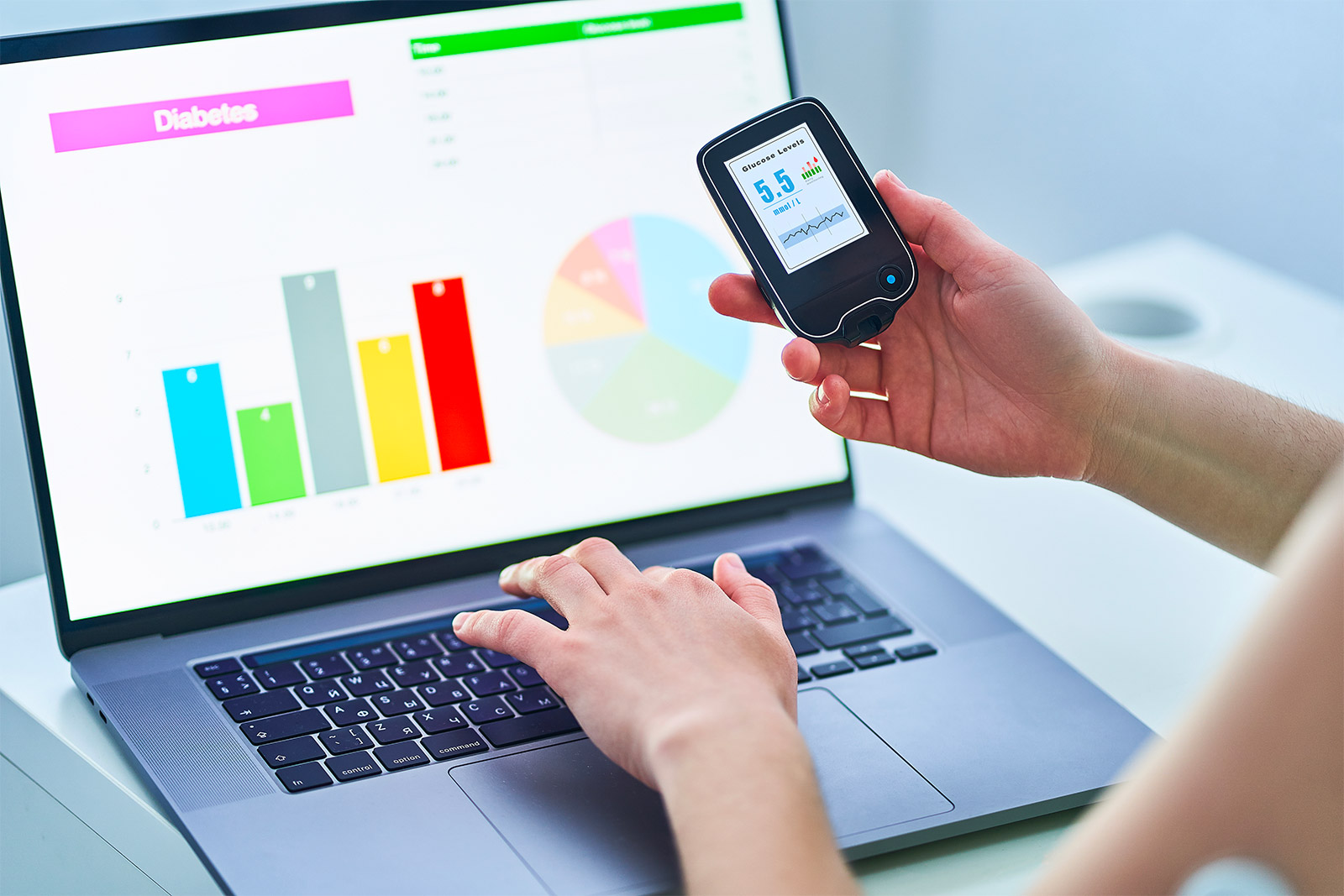The story below provides a brief overview of this breaking news. If you are interested in a more in-depth discussion and analysis, you can watch a recent webinar we hosted on the topic here.
The Centers for Medicare & Medicaid Services (CMS) has released its 2021 Medicare physician fee schedule proposed rule, which includes many proposed changes to remote patient monitoring (RPM).
CMS previously stated in the 2020 physician fee schedule final rule that it would provide guidance in the future about RPM codes. In the 2021 proposed rule, CMS is working to clarify how it reads CPT code descriptors and instructions associated with CPT codes 99453, 99454, 99091, 99457, and add-on CPT code 99458, and their use to describe remote patient monitoring.
Summarized below are some of the most significant proposals concerning these codes and other critical remote patient monitoring issues. CMS is proposing to:
- Clarify that for CPT codes 99457 and 99458, an "interactive communication" is defined as a conversation occurring in real-time that includes synchronous, two-way interactions that can be enhanced with video or other kinds of data (as described by HCPCS code G2012). Note: If finalized, this rule would no longer include the usage of text messaging — a communication mechanism relied upon by many remote patient monitoring and chronic care management platforms — in the billable definition of interactive communication. This means that time spent messaging patients, even when in real-time, would not be countable towards RPM care management time.
- Clarify that for CPT code 99454, the medical device or devices supplied to the patient and used to collect data are considered equipment incorporated into 99454’s reimbursement and are thus direct practice expenses. This proposal seems to suggest that, since devices are included in 99454, practices cannot push the costs of devices onto the patient or receive reimbursement for devices by billing them as durable medical equipment.
- Clarify that after the public health emergency (PHE), CMS will maintain the current requirement that 16 days of data each 30 days must be collected and transmitted to meet the requirements to bill CPT codes 99453 and 99454. Note: CMS is considering whether to add other CPT codes with less required days; see the “seeking feedback” section below.
- Multiple devices used by a patient are considered a single device for reporting and billing purposes, so practices can count all days where either or both devices transmit a measurement.
- Clarify that the medical device supplied to a patient as part of CPT code 99454 must:
- meet the definition of a medical device per Section 201(h) of the Food, Drug, and Cosmetic Act;
- be reliable and valid; and
- electronically (i.e., automatically) collect and transmit a patient's physiologic data rather than permit patients to self-report or self-collect data. Note: During the PHE, some patients have used smartphones to take pictures of device readings and submitted them to the practice. This and other mechanisms of self-recording data would no longer be acceptable.
- Following the COVID-19 PHE, CMS will again require that an established patient-physician relationship exist for the furnishing of RPM.
- For calendar year (CY) 2021, establish permanent policy to allow consent to be obtained at the time that RPM services are furnished.
- For CY 2021, establish permanent policy to allow auxiliary personnel to furnish RPM CPT codes 99453 and 99454 services under a physician's supervision, with auxiliary personnel, including independent contractors.
- Clarify that RPM services are considered to be evaluation and management (E/M) services.
- Clarify that only physicians and non-physician practitioners who are eligible to furnish E/M services (CPT codes 99453, 99454, 99091, 99457, and 99458) may bill remote patient monitoring services.
- Clarify that practitioners may furnish RPM services to patients with acute conditions as well as patients with chronic conditions.
Seeking Feedback
Public comments are due by Oct. 5, 2020. Of note, CMS is seeking feedback on the following:
- Whether current RPM coding accurately and adequately describes the full range of clinical scenarios where RPM services may be of benefit to patients. For example, CPT codes 99453 and 99454 currently require use of a medical device that digitally collects and transmits 16 or more days of data every 30 days for the codes to be billed. However, some patients may not require remote monitoring for 16 or more days in a 30-day period. For some patients, continuous short-term monitoring might be more appropriate.
- Whether it would be beneficial to consider establishing coding and payment rules that would allow practitioners to bill and be paid for RPM services with shorter monitoring periods. Specifically, CMS is interested in understanding whether one or more codes that describe a shorter duration (e.g., 8 or more days of remote monitoring within 30 days) might be useful.
To view the proposed rule, click here.


